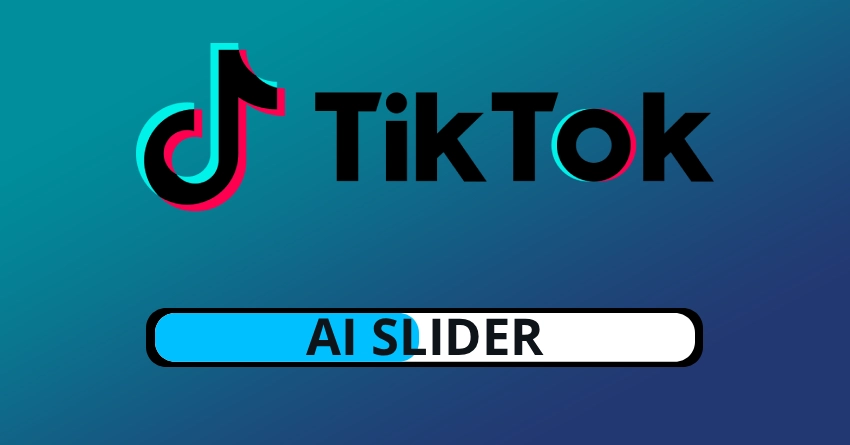Artificial intelligence isn’t just a tech trend anymore — it’s the engine running creativity, productivity, research, and even entertainment. And at the center of this ecosystem are GPTs (Generative Pre-trained Transformers), the models that power the most advanced conversational and multimodal experiences today.
In 2025, the AI landscape is both competitive and collaborative, with several standout models defining how humans interact with machines. Here’s a look at the top 5 GPTs you should know — what makes them different, what they’re best at, and why they matter.
1. ChatGPT (OpenAI)
ChatGPT continues to be the most widely used and influential GPT-style model. Built on OpenAI’s cutting-edge architecture, it delivers a blend of reasoning, creativity, and versatility unmatched by most competitors.
Why it leads:
- Exceptional multimodal abilities: text, voice, vision, code, and reasoning in one interface
- Huge community, plugin ecosystem, and widespread integration
- Rapid iteration and access to specialized GPTs for niche tasks
Best for: Students, creators, entrepreneurs, researchers, and anyone who wants a fast, capable all-purpose AI companion.
2. Google Gemini
Google’s Gemini (the evolution of Bard) carved out its place as the internet-native assistant. Its tight integration with Google Search, Workspace, Maps, and YouTube makes it an incredibly practical tool for real-time information retrieval and productivity.
Why it stands out:
- Strong grounding in up-to-date factual data via Google’s ecosystem
- Excellent for document summarization, email drafting, and information-heavy tasks
- Deep integration across Android and Chrome
Best for: People who rely heavily on Google services or need fast, factual answers tied directly to the web.
3. Microsoft Copilot
Copilot is less of a chatbot and more of an AI embedded everywhere — Windows, Office apps, Teams, and Edge. Built with OpenAI’s models plus Microsoft’s enterprise infrastructure, it's arguably the most valuable GPT for professionals.
Why it’s important:
- Native integration in productivity software: Word, Excel, PowerPoint, Outlook
- Strong enterprise adoption with robust security and compliance
- Tailored for business workflows, automation, and technical tasks
Best for: Professionals, teams, and organizations that want AI woven into their daily workflow.
4. Claude (Anthropic)
Claude has gained a loyal following thanks to its calm reasoning style, safety-first design, and ability to handle long, complex documents. Known for its “constitutional AI” approach, Claude offers a thoughtful alternative in the GPT ecosystem.
Why people love it:
- Excellent at long-form writing, editing, analysis, and logic
- Designed with strong safety and interpretability principles
- Produces steady, measured outputs ideal for academic or professional use
Best for: Writers, researchers, analysts, and users who want a highly reliable, thoughtful model.
5. Perplexity
Perplexity isn’t just a chatbot — it’s a next-generation search engine powered by LLMs. It blends conversational answers with cited sources, making it a favorite among researchers, journalists, and deep learners.
What makes it unique:
- Always cites sources and links to its research trail
- Strong at real-time information, summaries, and fact-driven responses
- Presents AI not as a magic box, but as a transparent assistant
Best for: Anyone who wants fast, trustworthy answers grounded in verifiable information.
Rather than one winner, we’re entering an era where people mix tools depending on the task — the same way we switch between apps, browsers, and devices.
2025 is proving that GPTs aren’t just futuristic experiments — they’re everyday utilities. Whether you're writing a book, coding an app, planning a trip, analyzing data, or just exploring ideas, there’s a GPT out there optimized for your workflow.
And as these models continue to evolve, the real winners are the users — we’re getting smarter tools, more options, and increasingly natural ways to think alongside AI.



